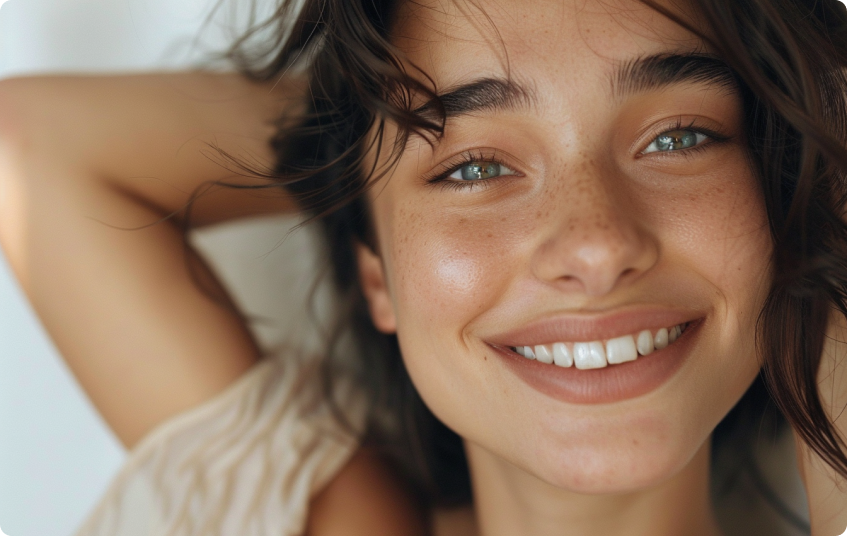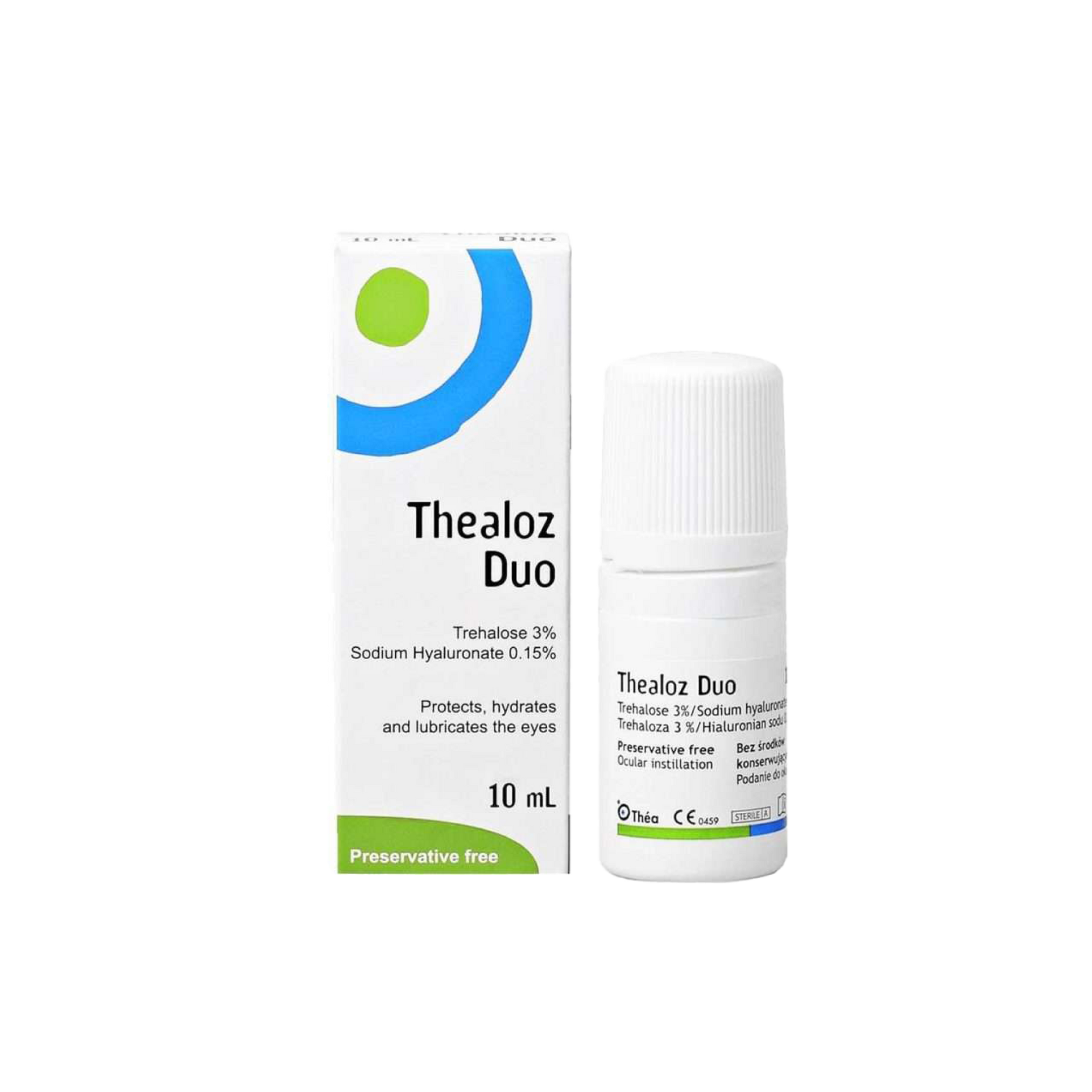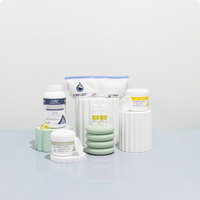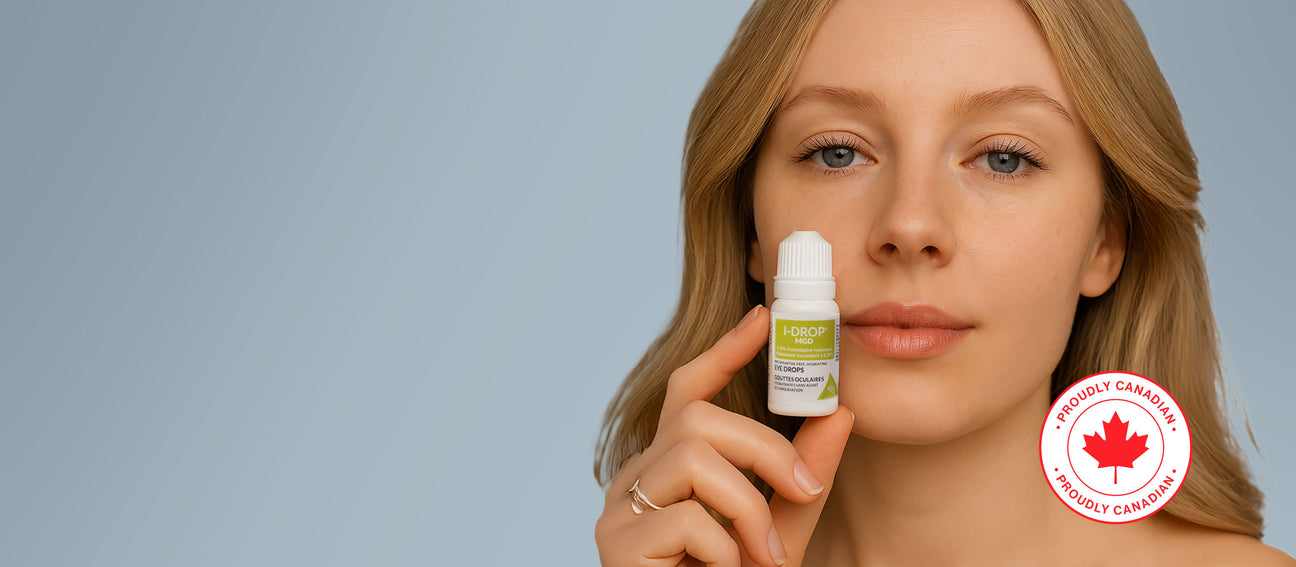Build Your Daily Eye Care Routine
Hydration




Unlock Daily Comfort and Hydration
Elevate your eye care with the Thealoz Duo Kit. Specially formulated to provide hydration and lubrication, it integrates seamlessly into your daily routine, ensuring your eyes stay comfortable and refreshed throughout the day.
Shop now

Experience Ultimate Relief and Protection
Experience the ultimate in eye care with the MGD Relief Kit. This premium kit is designed to tackle dry eye symptoms effectively, offering long-lasting relief and comfort. Make it a part of your daily regimen for optimal eye health.
shop nowEye Care Starts Here
FAQ
What Is Evaporative Dry Eye?
Dry eye is a condition in which there is a deficiency of tears, or the tears evaporate too quickly. This can cause discomfort, pain, and vision problems. Evaporative dry eye is a type of dry eye that occurs when the tears evaporate too quickly, often due to a problem with the oil glands in the eyelids. This can cause the tears to become unstable and evaporate more easily, leading to dry eye symptoms. Treatment for evaporative dry eye may include using artificial tears, medications to improve tear production, and procedures to unblock the oil glands in the eyelids.
What Is Aqueous Deficient Dry Eye?
Aqueous deficient dry eye is a type of dry eye in which there is a deficiency of the aqueous layer of tears. The tears are made up of three layers: the outer lipid layer, the middle aqueous layer, and the inner mucus layer. The aqueous layer provides moisture and nutrients to the front of the eye, and helps to wash away foreign matter. In aqueous deficient dry eye, there is not enough of the aqueous layer, which can cause the eye to become dry and uncomfortable. This type of dry eye can be caused by a variety of factors, including aging, certain medications, and medical conditions such as Sjogren’s syndrome or autoimmune diseases. Treatment for aqueous deficient dry eye may include the use of artificial tears, medications to improve tear production, and procedures to unblock the tear ducts.
Why Are Preservative Free Eye Drops Recommended?
Preservative-free eye drops are recommended for people who are sensitive to preservatives, or who use eye drops frequently and for prolonged periods of time. Eye drops often contain preservatives to prevent the growth of bacteria, fungi, and other microorganisms in the bottle. However, these preservatives can be irritating to the eyes and may cause allergic reactions in some people. For these individuals, preservative-free eye drops may be a better option. Preservative-free eye drops are also recommended for people who use eye drops frequently and for prolonged periods of time, because the preservatives in the drops can build up in the eye and cause irritation over time. Using preservative-free eye drops can help to reduce the risk of these adverse effects.
Is There A Cure For Dry Eye Disease?
There is no cure for dry eye disease, but the symptoms can be managed and treated with a variety of approaches. The goal of treatment is to improve tear production and reduce tear evaporation, and to relieve discomfort and improve vision. Treatment options for dry eye disease may include the use of artificial tears, medications to improve tear production, and procedures such as IPL (Intense Pulsed Light) and radiofrequency treatment. In some cases, changes to lifestyle and environment, such as reducing exposure to wind and air conditioning, can also help to improve symptoms of dry eye disease. It’s important to work with a healthcare provider to develop a treatment plan that is right for you.
Why Are Omega 3's Important For Dry Eye Disease?
Omega-3 fatty acids are important for dry eye disease because they help to maintain the health of the cells in the tear film and the surface of the eye. These fatty acids are essential for proper functioning of the meibomian glands, which produce the lipid (oil) layer of the tears. A deficiency of omega-3 fatty acids can lead to a breakdown of the tear film and increased tear evaporation, leading to dry eye symptoms. Omega-3 fatty acids can be found in foods such as salmon, mackerel, and flaxseed, and can also be taken as supplements. Increasing your intake of omega-3 fatty acids may help to improve symptoms of dry eye disease. It’s important to talk to your healthcare provider before taking any supplements.
How Does Tea Tree Oil Help With Blepharitis?
Tea tree oil has anti-inflammatory and antimicrobial properties, which may make it effective for treating dry eye disease. Some studies have shown that tea tree oil can help to improve the function of the meibomian glands, which produce the lipid (oil) layer of the tears. This can help to reduce tear evaporation and improve symptoms of dry eye disease. Tea tree oil can also help to reduce bacterial and fungal infections of the eye, which can contribute to dry eye symptoms. However, it’s important to note that tea tree oil should not be applied directly to the eye. It should be diluted with a carrier oil, such as jojoba oil, and applied to the eyelid margin using a clean cotton swab. It’s always a good idea to consult with a healthcare provider before using tea tree oil or any other essential oil to treat dry eye disease.
Can Looking At Computer and Phone Screens Make My Eyes Dry?
Yes, using a computer can make dry eye worse. When you use a computer, you tend to blink less frequently, which can lead to a decrease in tear production and an increase in tear evaporation. This can cause the eye to become dry and uncomfortable. If you use a computer frequently, it’s important to take regular breaks to give your eyes a rest and to blink frequently. You can also try using artificial tears or a humidifier to add moisture to the air and reduce tear evaporation.












































